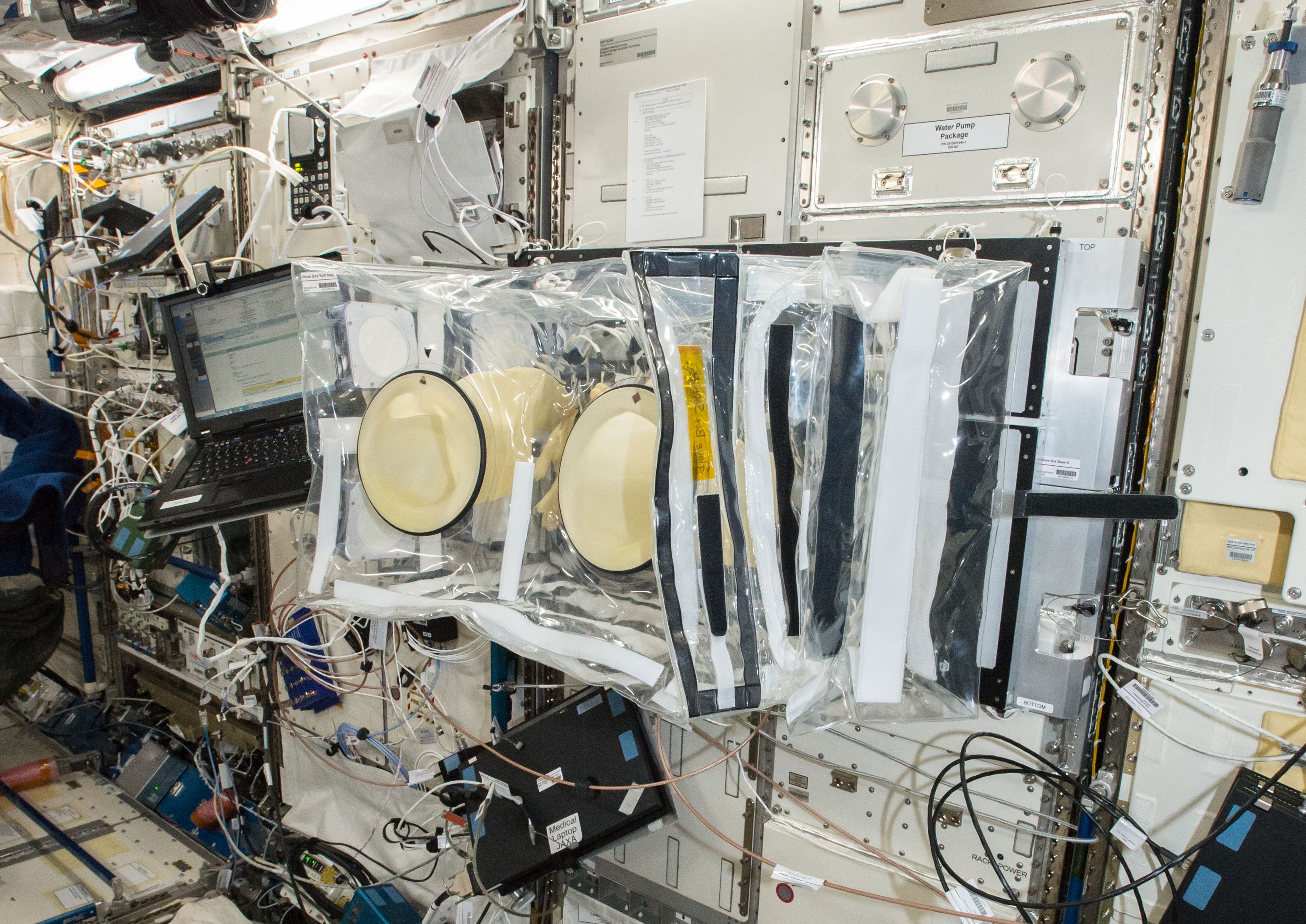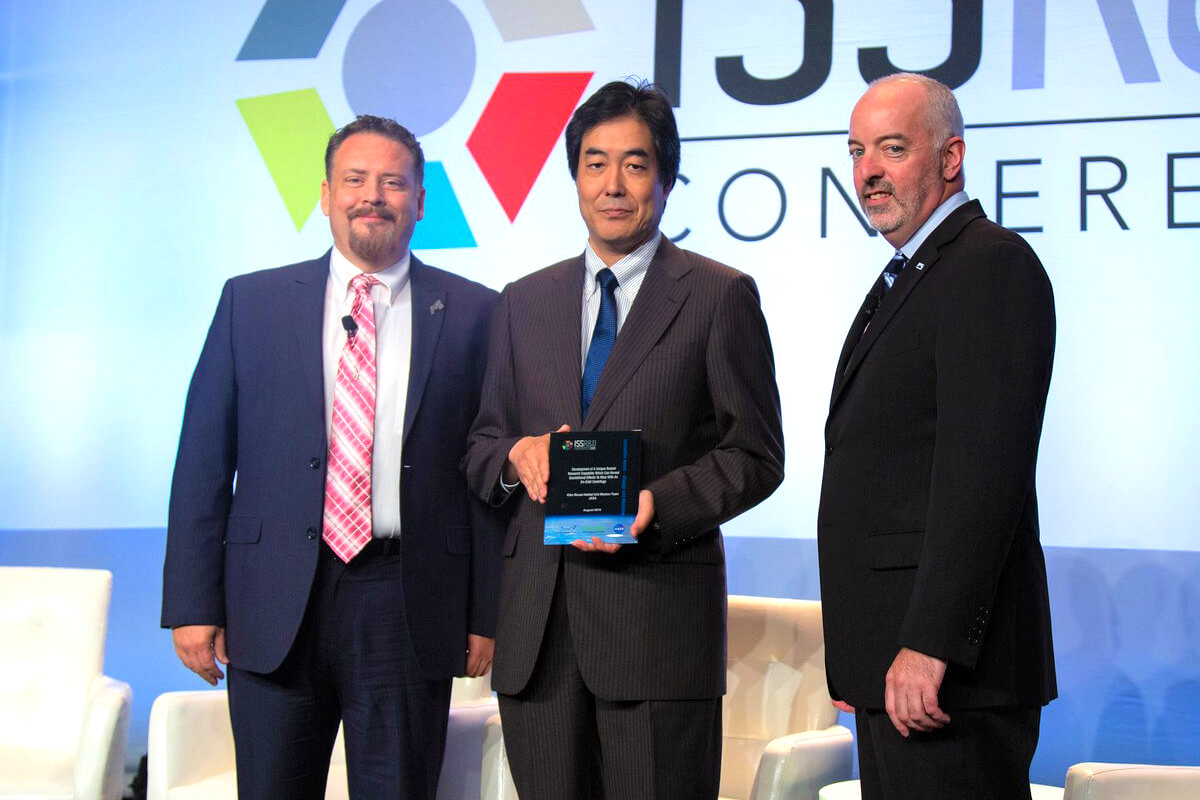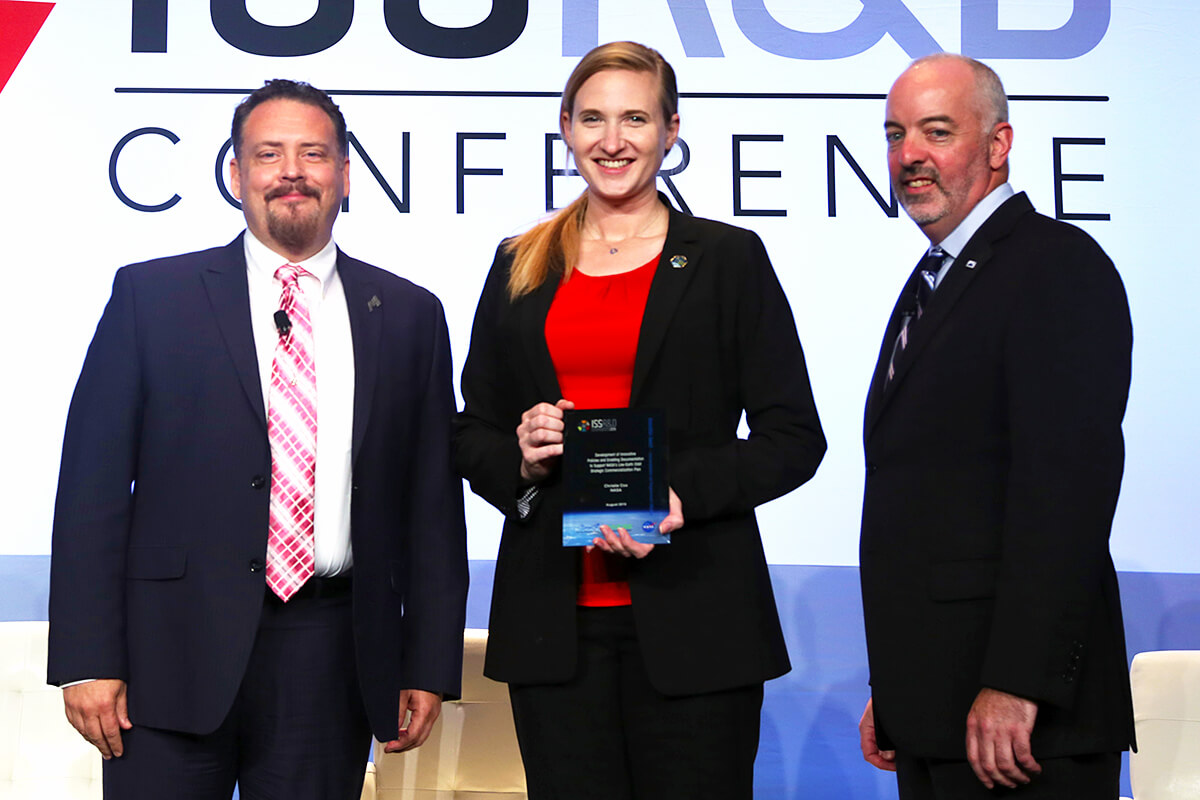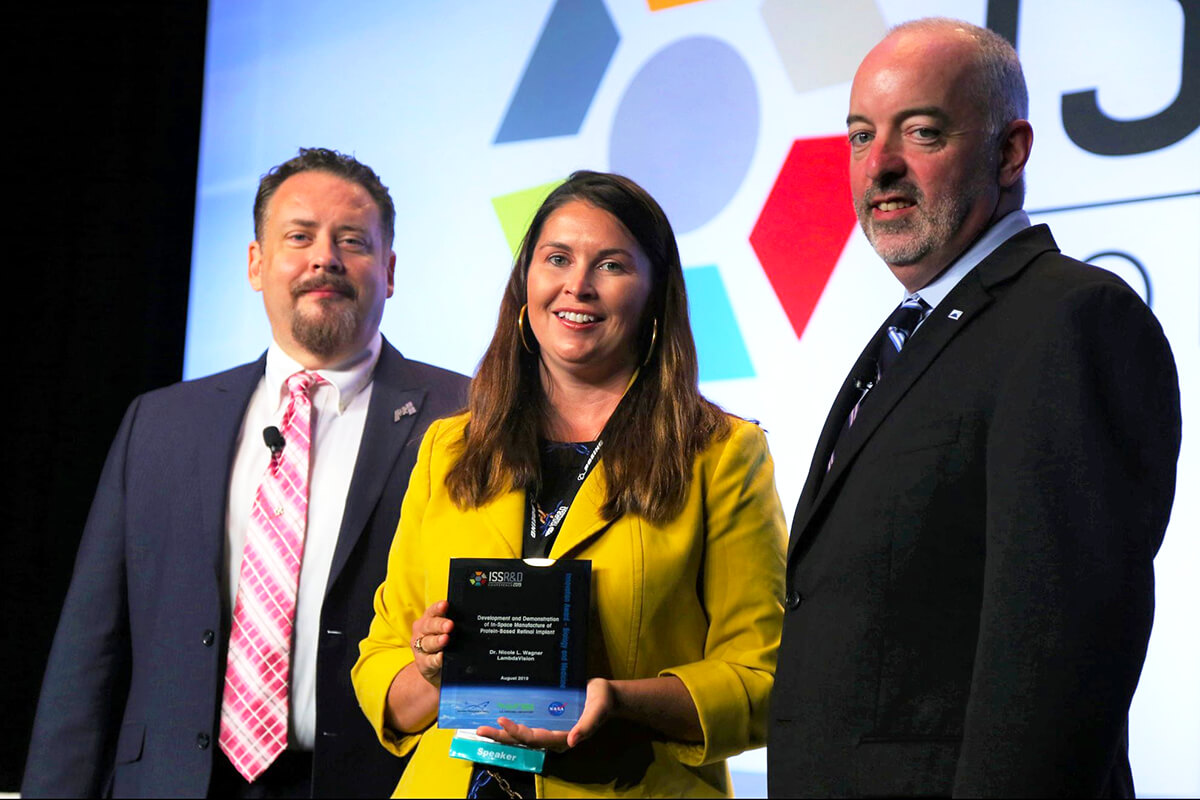Each year, the International Space Station (ISS) Research and Development (R&D) Conference, held in coordination with the ISS U.S. National Laboratory, NASA, and the American Astronautical Society, highlights individuals who have pushed the boundaries of space-based research through the presentation of research awards. This week, we are spotlighting awardees in the category of “innovation,” honoring individuals who have leveraged the ISS to pioneer a new frontier in space-based science. Today’s spotlight is on the Kibo Mouse Habitat Unit Mission Team of the Japan Aerospace Exploration Agency (JAXA), for innovation in the field of biology and medicine.
ISS National Laboratory Opportunities
Find out about new research opportunities onboard the ISS National Laboratory, including a recent Request for Proposals in the area of Industrial Biomedicine. See how you can leverage the unique space environment to advance your research and development.
JAXA’s Multiple Artificial-gravity Research System (MARS) uses centrifuge to provide artificial gravity capabilities for rodent research studies onboard the ISS. MARS enables gravitational comparisons that are more precise and recently demonstrated the low-gravity habitation of mice for the first time. In a NASA-JAXA collaboration, MARS was used for a rodent research experiment to study the mechanisms behind visual impairment.

Glove Box set up on the Kobairo Rack for the Mouse Epigenetics experiment in the Kibo Japanese Experiment Pressurized Module (JPM).
Media Credit: Image courtesy of JAXA
Learn more in these related resources:
- Development of new experimental platform 'MARS' - Multiple Artificial-gravity Research System - to elucidate the impacts of micro/partial gravity on mice
- World's first long-term habitation of mice on the International Space Station in a gravitational environment simulating the Moon
- JAXA Mouse Habitat Unit
- Scientists Take a New Look at Protecting Vision in Space
You can also learn more about the groundbreaking research taking place on our nation's only orbiting laboratory in Upward, the official magazine of the ISS National Laboratory! Visit Upward.ISSNationalLab.org to view the latest issue.







